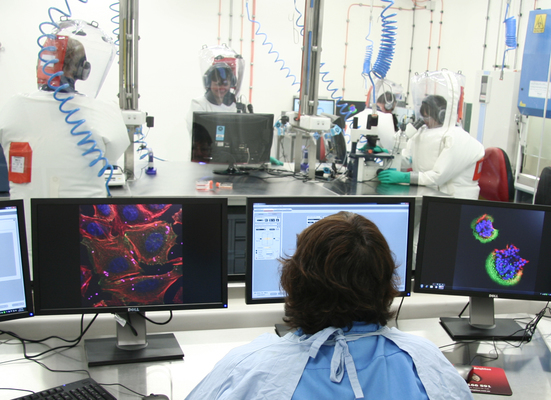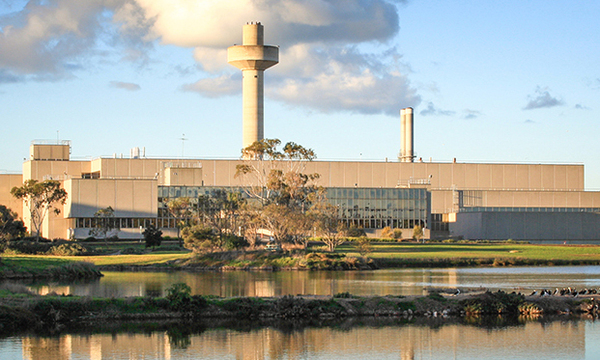Testing has begun on potential COVID-19 vaccines at Geelong’s high-containment biosecurity facility, the Australian Animal Health Laboratory (AAHL).
The first stage of testing is now underway at the Newcomb lab and is expected to take three months, according to the Commonwealth Scientific and Industrial Research Organisation (CSIRO).
CSIRO chief executive Larry Marshall described the beginning of vaccine testing as a “critical milestone in the fight against COVID-19”.
“CSIRO researchers are working around-the-clock to combat this disease which is affecting so many,” Dr Marshall said.
“Whether it’s at the AAHL or at our state-of-the-art biologics manufacturing facility – we will keep working until this viral enemy is defeated.”
The testing comes after CSIRO last year partnered with the Coalition for Epidemic Preparedness Innovations (CEPI), a global organisation aiming to halt epidemics by speeding up vaccine development.
In January, CEPI engaged CSIRO to start working on the virus SARS CoV-2, which causes the disease COVID-19, AAHL director Trevor Drew explained.
“We have been studying SARS CoV-2 since January and getting ready to test the first vaccine candidates as soon as they are available,” Professor Drew said.
“We are carefully balancing operating at speed with the critical need for safety in response to this global public health emergency.”
In consultation with the World Health Organisation, CEPI has identified vaccine candidates from the University of Oxford (UK) and Inovio Pharmaceuticals Inc (US) to undergo the first pre-clinical trials at CSIRO.
Further candidates are likely to follow, according to CSIRO.
The latest milestone built on CSIRO’s work tackling COVID-19, which has included scaling up other vaccine candidates at its production facility in Melbourne, the organisation said.
CSIRO is testing the candidates for efficacy, but also evaluating the best way to give the vaccine for better protection, including an intra-muscular injection and innovative approaches like nasal spray.
CSIRO has a long history of developing and testing vaccines since the opening of the AAHL in 1985.
The AAHL is the only high biocontainment facility in the southern hemisphere working with highly dangerous and exotic pathogens, including diseases that transfer from animals to people, according to CSIRO.
CSIRO was the first research organisation outside China to generate sufficient stock of the virus —using the strain isolated by the Doherty Institute — to enable research on COVID-19, it said.
CSIRO established a biological model in February 2020, the first in the world to confirm ferrets react to SARS-CoV-2, the virus that causes COVID-19, the organisation said.
Researchers have quickly progressed to studying the course of infection in the animals – a crucial step in understanding if a vaccine will work, CSIRO.








